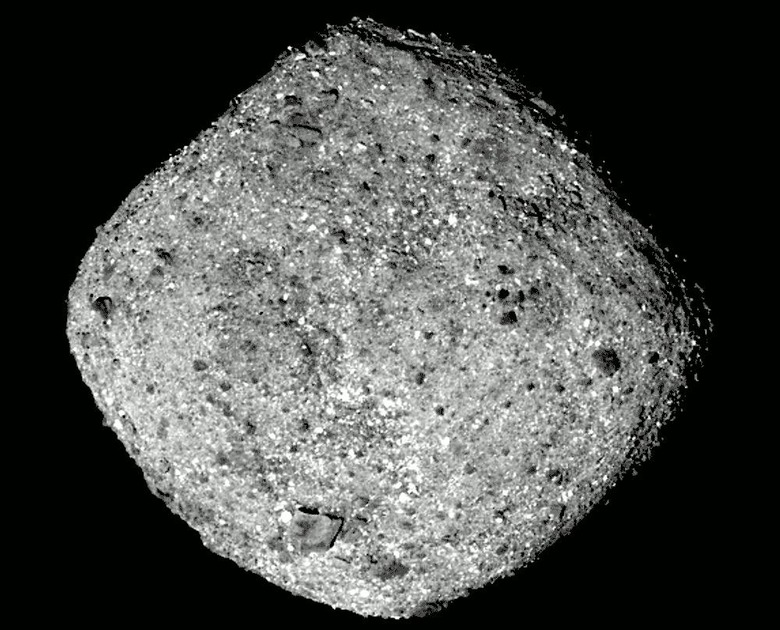NASA OSIRIS-REx Arrives At Bennu Asteroid, Sends Back Fly-In Images
NASA has announced the successful arrival of its Origins, Spectral, Interpretation, Resource Identification, Security-Regolith Explorer, better known as "OSIRIS-REx." The spacecraft has traveled more than two billion miles over more than two years, according to the space agency, which has shared an animation showing a full rotation of the Bennu asteroid.
Late last month, NASA revealed that OSIRIS-REx spacecraft had successfully tested its arm in space, doing so ahead of its then-upcoming mission to land on the asteroid. That was the first time the arm had been extended in space, being a vital part of the process that will involve studying Bennu. The test motions went through without a hitch and now the actual arrival has been successful, as well.

OSIRIS-REx features a total of five instruments that will be used to study the giant space rock. Before collecting a sample of the asteroid, though, OSIRIS-REx will spend a year surveying Bennu in search of the best place to acquire a sample. That sample, assuming everything goes according to plan, will be returned to researchers on Earth in 2023.
In addition to its arrival announcement, NASA has shared two animated sequences of images captured by the spacecraft. The first animation shows a full rotation of the space rock, which looks grainy and irregular in the GIF. The second sequence shows the spacecraft's fly-in approach with Bennu slowly growing larger in the distance.
The image above shows the asteroid as viewed from a distance of approximately 50 miles, according to NASA. The images were obtained with OSIRIS-REx's PolyCam camera, which NASA says captured 36 2.2ms image frames over a little more than four hours.
